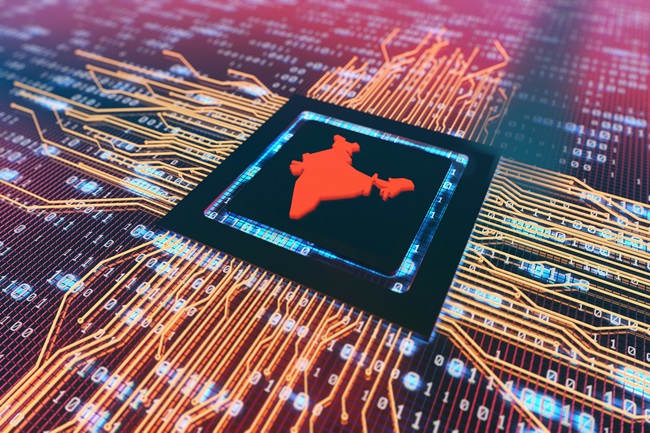Dec 04, 2025
Dec 04, 2025
From Emerging Challenger to Global Powerhouse by 2027
What happens when one of the world’s largest digital populations converges with cutting-edge technology, a rich talent base, and visionary public infrastructure? Can India, long seen as the back-office of the tech world, transform into a global AI innovation hub? More importantly, what will this transformation mean for the world?

According to a recent report by the Boston Consulting Group (BCG), India’s artificial intelligence market is poised to skyrocket — growing from its current size to an estimated USD 17 billion by 2027. That is more than triple its value today, making India one of the fastest-growing AI economies globally. But beyond the numbers lies a tectonic shift in the narrative: India is no longer just a consumer of technology. It is emerging as a creator, integrator, and exporter of AI at scale.
The Driving Forces Behind the AI Boom
India already boasts over 600,000 AI professionals, with projections that this number will double to 1.25 million by 2027, and accounts for 16% of the world’s AI talent pool — second only to the United States. This edge is anchored by India’s strong STEM education pipeline and a thriving startup ecosystem. More than 2,000 AI startups have launched in the past three years, solving challenges ranging from predictive agriculture and automated diagnostics to supply chain optimization and language translation.
Fueling this momentum is the Indian government’s robust support, particularly through the IndiaAI mission. With an allocated corpus of over ₹10,000 crore, this national initiative aims to establish a state-of-the-art AI compute infrastructure. It will provide over 10,000 GPUs for research and model training, democratizing access to AI resources across academia, startups, and enterprises.
The government also plans to add 45 new data centers by 2025, adding over 1,000 megawatts of power capacity to support AI and cloud computing infrastructure. These initiatives are supported by India’s public digital stack — Aadhaar, UPI, DigiLocker, and the Open Network for Digital Commerce (ONDC) — which serve as a scalable foundation for real-world AI deployment across sectors.
The Convergence of Talent, Technology & Tradition
India’s edge lies not only in scale but in the diversity of applications. Its massive internet user base, extensive mobile penetration, and multilingual population create the perfect testbed for population-scale AI models. In sectors like education, agriculture, healthcare, and logistics, AI is becoming indispensable.
For example, AI-powered platforms are helping diagnose tuberculosis in rural India with high accuracy using chest X-rays. In agriculture, machine learning models are predicting crop yields and pest infestations, enabling farmers to make real-time decisions. AI in vernacular languages is making digital content, services, and education accessible to millions who were once excluded from the digital revolution.
What Makes India Different?
While Silicon Valley may dominate in foundational research, India’s unique strength lies in scalable implementation. Indian companies are not just adopting AI; they are embedding it into the fabric of their operations — optimizing supply chains, enhancing customer experiences, reducing fraud, and delivering hyper-personalized services.
What sets India apart is the willingness to adapt, the hunger to lead, and the ability to create context-aware solutions at population scale. With over 700 million internet users and a rapidly digitizing economy, India is not merely following the global AI trend — it is defining its own.
Final Thoughts: The Future India Is Building
If India succeeds, it won’t just be a triumph of technology. It will be a blueprint for the developing world on how to leapfrog traditional growth models using AI.
But the real question remains: Can India sustain this momentum? Can it transform talent into leadership, data into insight, and policy into purpose?
And as the AI wave rises, will India ride it as a passenger — or steer it as a captain?
The answers will shape not just the future of one nation, but of the digital world itself.
Image (c) istock.com
28-Jun-2025
More by : P. Mohan Chandran